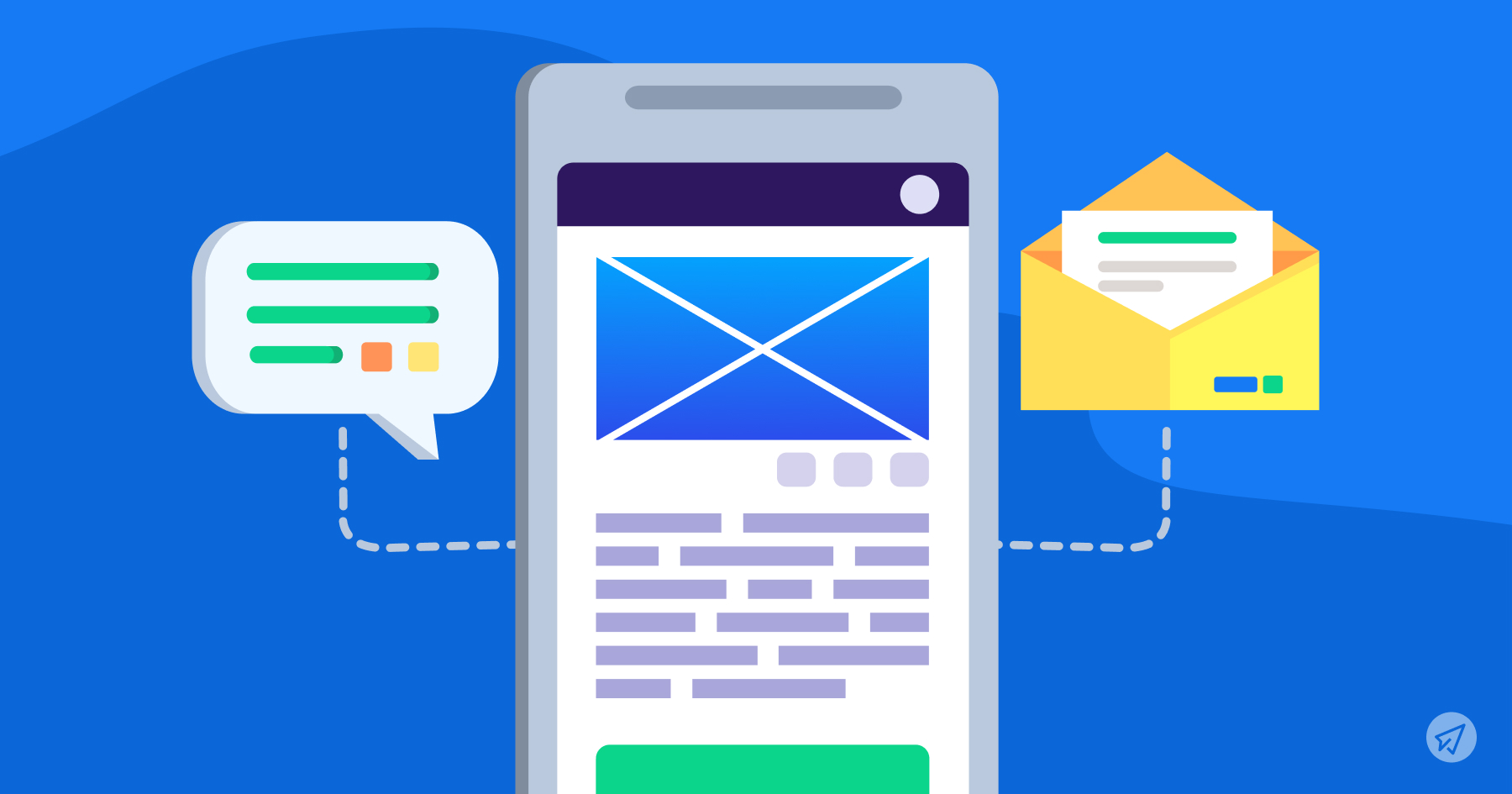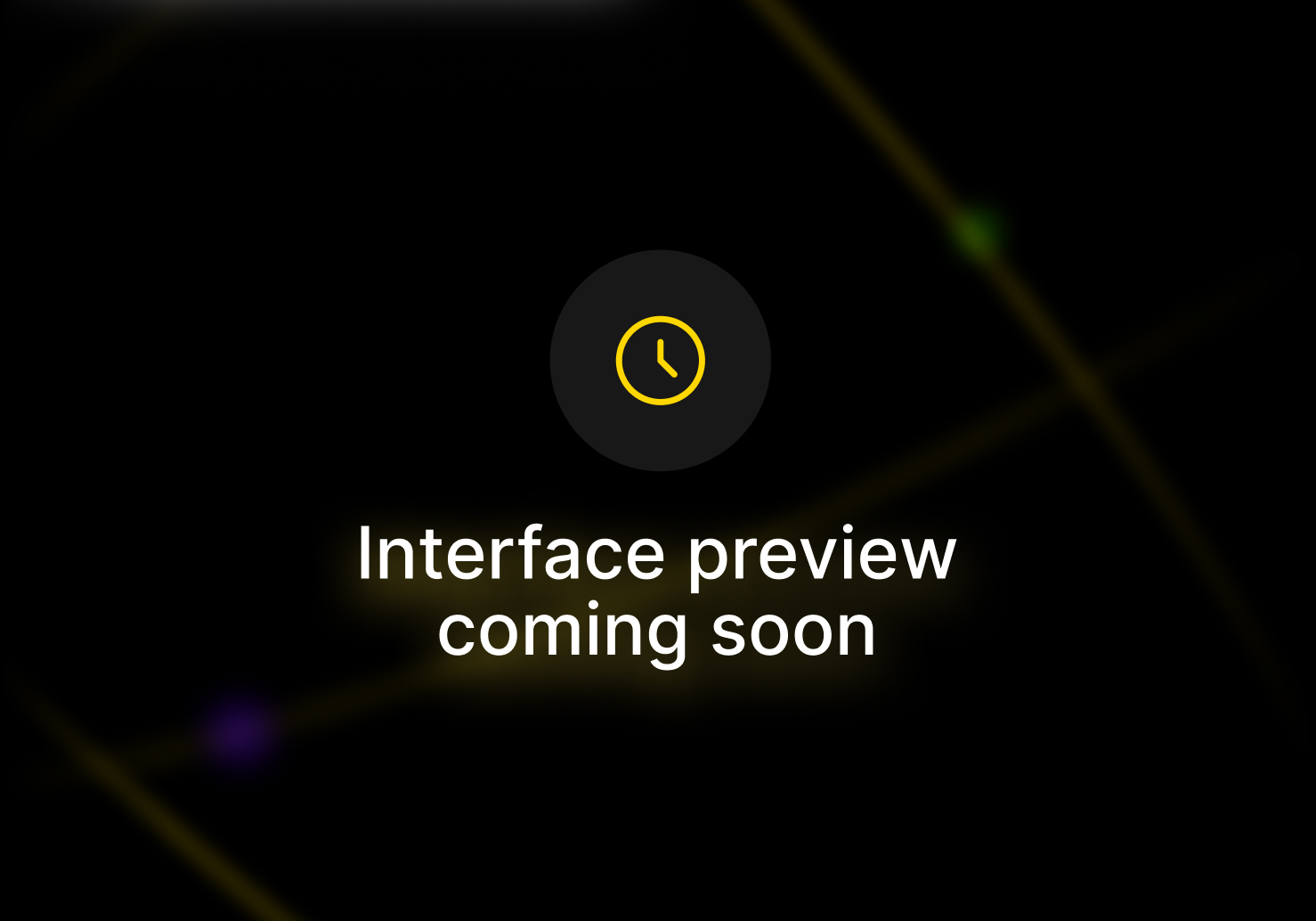
Personalized popups in emails are targeted messages that appear when a recipient opens an email.
Email popups play an integral role in email marketing campaigns. When executed properly, personalized email popups allow businesses to provide a customized experience based on the interests, attitudes, and behaviors of subscribers.
Additionally, email popups are an ideal way to capture attention and prompt recipients to take a specific action, such as clicking on a link or purchasing a subscription.
This is especially important if you have a large email list of over 100,000 contacts. You need email popups to work efficiently because they maximize the likelihood of converting recipients into paying customers.
Let’s explore how to leverage popups in emails to connect more effectively with your audience.
Personalized popups are interactive messages that appear on a webpage and are often triggered by user behavior or interests.
They can target visitors based on geographical location, browsing history, or session timing timed popups. Some popups are also triggered after a specific amount of time spent on a page.
Here are several types of personalized popup content you can use:
Includes discounts, special deals, or coupons targeted to users based on browsing history or demographic information.
Such offers often have a limited duration to creating urgency and persuade hesitant buyers.
For example, Kylie Cosmetics employs location-based personalization to notify visitors from different countries about shipping discounts.
Source: <Kylie Cosmetics>
Recommendations
These suggest products, services, or content based on a user’s purchase behavior, helping them discover relevant items.
Welcome Messages
Custom greetings and tips for new visitors. For instance, Nickey Kehoe uses a welcome popup that appears shortly after accessing the website, inviting visitors to join its online community.

Source: <Nickey Kehoe>
Short questionnaires used to gather user feedback. For example, Miro uses a survey popup to collect insights from subscribers about their experience.

Source: <Really Good Emails>
Notifications
Popups that alert users about events, offers, or updates of interest. These can also provide real-time assistance to visitors struggling to find what they need.
Personalized popups provide several benefits to both businesses and customers. Let’s discuss some of the important ones.
Increased Engagement and Conversion Rates
Tailored messages and offers based on individual interests and behaviors often lead to higher open and click-through rates. When users find content relevant, they are more likely to engage, which can increase sales and other desired outcomes.
Improved User Experience and Relevance
Using customer data to customize content ensures recipients receive relevant information. Personalized popups demonstrate that their preferences are understood and valued.
Enhanced Customer Relationships
Personalized interactions help build loyalty and trust over time, strengthening the connection between a business and its customers.
To ensure that personalized popups are effective, there are a few key strategies to keep in mind. Here are a few.
Segmentation and Targeting for Personalization
The foundation of effective personalization lies in understanding your audience. Avoid using one-size-fits-all popups(call center software). Create tailored popups for each channel, such as email or customer support platforms.
Segment your email list into distinct groups based on demographics, location, browsing history, or purchase behavior to increase relevance.
Leveraging Customer Data for Dynamic Content
Use subscriber data like name, location, and purchase history to fill personalized fields in your email outreach. For example, include a recipient’s first name in the subject line or mention their city in the body copy.
Behavioral Triggers and Timing
Send popup emails based on key actions, like cart abandonment or product category browsing. Timing messages to coincide with peak engagement moments can yield better responses.
There are different aspects to consider to effectively implement personalized email popups, from choosing platforms to crafting compelling content. Here are some of the most essential aspects to look into.
Email Marketing Platforms with Popup Capabilities
Choose a platform with robust popup functionality — either built-in or through integrations — to automate your campaigns. These tools allow popups to be triggered by actions like email opens, link clicks, or time spent reading.
SendX offers built-in email popup functionality for businesses to capture leads.

Source: <SendX>
Design and Placement of Popups
Design and Placement of Popups
Strategically place popups within your email — such as at the bottom or center — without obstructing readability. Use responsive, visually appealing designs with compelling imagery and clear calls to action.
Creating Compelling Popup Content
Develop popup content that provides value to your audience while supporting business objectives. Examples include:
Exclusive discount codes or coupons.
Social media follow buttons.
Links to gated content.
If your team is stretched thin, consider outsourcing email marketing tasks to experts to ensure your popups deliver maximum impact.
Popups can significantly drive conversions, but their performance must be measured and optimized regularly.
Track these essential KPIs:
Open Rate: Percentage of recipients who opened the email. optimizing your email subject line and sender details to improve it.
Click-Through Rate (CTR): Percentage who clicked your CTA. Ensure CTAs are visible and compelling.
Conversion Rate: Percentage who completed an action, such as making a purchase or signing up.
Email Signups: Number of new subscribers collected via popups.
A/B testing involves comparing two popup versions to see which performs better.
Analyze results to refine elements like copy, visuals, and placement. Tools such as Google Analytics and GMass help track data and gain insights.
Tools like Google Analytics and GMass can help analyze popup data and gain valuable insights.

Source: <GMass>
GMass's functionality is integrated into Gmail, and it can access popup data directly from Gmail.
Here are some best practices you can follow to ensure that your email popups deliver the desired results.
Respecting User Preferences and Privacy
Always respect user preferences and privacy. Send popups only to those who have opted in and make unsubscribing simple. Be transparent about how personal data is collected and used.
For instance, you can send popups promoting new articles and trending topics like mobile banking industry trends to targeted, relevant audiences using personalized templates.
Customizing Popup Design to Match Brand Identity
Ensure popups reflect your brand’s colors, fonts, and tone. Avoid clutter and maintain focus on the message while preserving a consistent brand feel.
Real-World Examples of Successful Personalized Popups
Here are some real-world examples of successful email popups:
Real-World Examples of Successful Personalized Popups
AliExpress, an e-commerce platform, uses email popups to engage and convert users by offering personalized deals based on wish lists and browsing history .A tactic particularly effective for Aliexpress dropshipping businesses aiming to upsell trending products from their supplier catalogs.

Source: <Pinterest>
Amazon uses email popups to encourage purchases with product recommendations tailored to user preferences.
Based on customers’ browsing history and purchase behavior, it shows popups with personalized product recommendations they might be interested in. Here’s an example.

Source: <iunera>
Just like any relevant email tool, email popups have their own set of challenges that must be resolved to maintain their efficacy. Here are some key challenges and their solutions.
Balancing Personalization With Overload
Over-personalization can overwhelm users. Limit popup frequency and focus on messages with high relevance.
Although cold email personalization can increase user engagement, an excessive number of email popups can be bothersome and overbearing.
Marketers should limit the frequency of email popups to avoid overwhelming recipients. Only use a popup when there is a highly relevant message to convey.
Handling Popup Blockers and Compatibility Issues
Ensure your popups work across different email clients and devices. Many clients, like Gmail or Outlook, block popups by default.
Verify your email list, test campaigns on various platforms, and optimize designs for mobile responsiveness.
Also, make sure you verify your email list to check the validity of your subscribers. Then, test the popup with different email clients and mobile devices before launching a campaign.
Email popups have become an innovative way to personalize messaging and deliver relevant content directly to subscribers.
For businesses with large email lists, personalized popups can significantly increase engagement and revenue.
By understanding your audience, designing engaging popups, and continuously measuring performance, you can turn personalized email popups into a powerful tool for growth and customer connection.